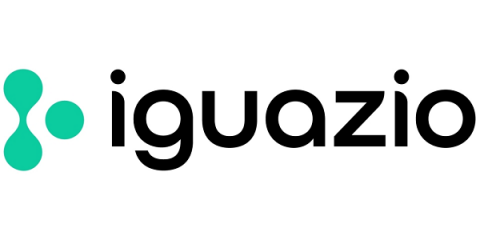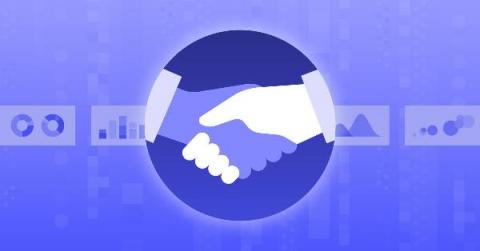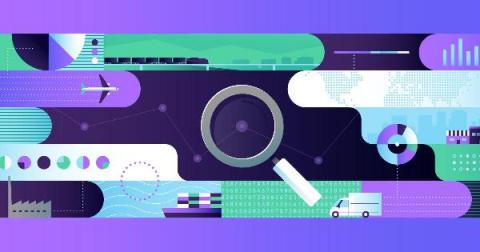Systems | Development | Analytics | API | Testing
Latest Blogs
5 Reasons Why Row-Level Security is Wrong for Your Data Warehouse
Zendesk APIs & DreamFactory
Operationalizing Machine Learning for the Automotive Future
It’s no secret that global mobility ecosystems are changing rapidly. Like so many other industries, automakers are experiencing massive technology-driven shifts. The automobile itself drove radical societal changes in the 20th century, and current technological shifts are again quickly restructuring the way we think about transportation. The rapid progress in AI/ML has propelled the emergence of new mobility application scenarios that were unthinkable just a few years ago.
Delivering Modern Enterprise Data Engineering with Cloudera Data Engineering on Azure
After the launch of CDP Data Engineering (CDE) on AWS a few months ago, we are thrilled to announce that CDE, the only cloud-native service purpose built for enterprise data engineers, is now available on Microsoft Azure. CDP Data Engineering offers an all-inclusive toolset that enables data pipeline orchestration, automation, advanced monitoring, visual profiling, and a comprehensive management toolset for streamlining ETL processes and making complex data actionable across your analytic teams.
A CDO's Field Guide to Finding Value in Data
A proverb from the Democratic Republic of the Congo says, “A good chief is like a forest: Everyone can go there and get something.” And, a Chief Data Officer is no exception. According to Forrester Research published in January 2021, data leaders today face a broad mandate as the role has expanded over the years. In the early years, CDOs mostly reported to technology leaders.
dbt Explained
Learn how dbt adds data modeling and transformation to the modern data stack.
Why rebuilding data trust is key to driving business value with analytics
As a modern data leader, you know that real-time access to data-driven insights is key to driving higher levels of business growth and innovation, and better customer experiences. You also know that when frontline employees have easier access to data they’re able to make better decisions that ultimately boost your bottom line. But what happens when employees don’t trust the data in front of them?
5 data-driven solutions for global supply chains disruptions
In 2020, the pandemic tested supply chains in a manner few have seen in our lifetimes, with businesses like Apple struggling to predict demand and keep factory lines moving. The weaknesses exposed by this crisis are not brand new, but they should be a wake-up call that current strategies are not sustainable. The limitations of modern supply chains were becoming apparent last year when companies struggled to react to new tariffs and restrictions caused by Brexit and the U.S.-China trade war.









